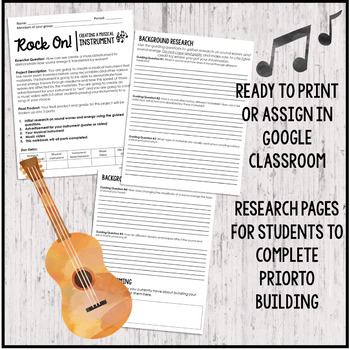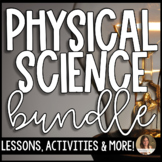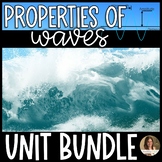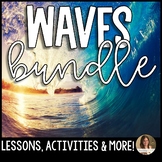Create an Instrument: Sound Waves Project-Based Learning for Physical Science
- PDF
- Google Apps™

What educators are saying
Also included in
- Save over 20% with this resource that includes all of my physical science activities including PowerPoints, Guided Notes, Assessments, Warm Ups, Self-Grading Task Cards, Choice Boards, Interactive science notebook Google Slides and Print Activities, Labs, Stations activities, project-based learningPrice $266.00Original Price $332.50Save $66.50
- This properties of waves bundle includes many activities for a wave properties unit in your physical science classroom including a PowerPoint lesson, guided notes, assessment, warm ups, self-grading task cards, choice board, digital activities and any of my future activities for waves properties wilPrice $20.80Original Price $26.00Save $5.20
- This properties of waves unit bundle includes many activities for a wave properties unit in your physical science classroom covering wave properties, light waves and electromagnetic spectrum. Activities include PowerPoint lessons, guided notes, assessments, warm ups, task cards, choice boards, digitPrice $58.80Original Price $73.50Save $14.70
Description
This is a five-part project-based learning activity for students about sound waves. This project allows students to take their knowledge of sound waves and apply it to creating their own musical instrument, advertisement for that instrument and a music video. This can be done after a unit on sound waves and energy or throughout.
This resource includes a workbook for students to:
♬Complete research on sound waves, mediums and different materials used for instruments.
♬Learn about how different mediums affect the frequency, wavelength and amplitude of sound waves.
♬Brainstorm ideas for their instrument, ad and music video.
♬Reflect on their design process.
Recommendations for Distance Learning are included in the resource!
Related Products
• Hurricanes Project-Based Learning: Tracking and Preparing for a Storm
• Plastic Pollution and the Coral Reef Project-Based Learning (Distance Learning)








